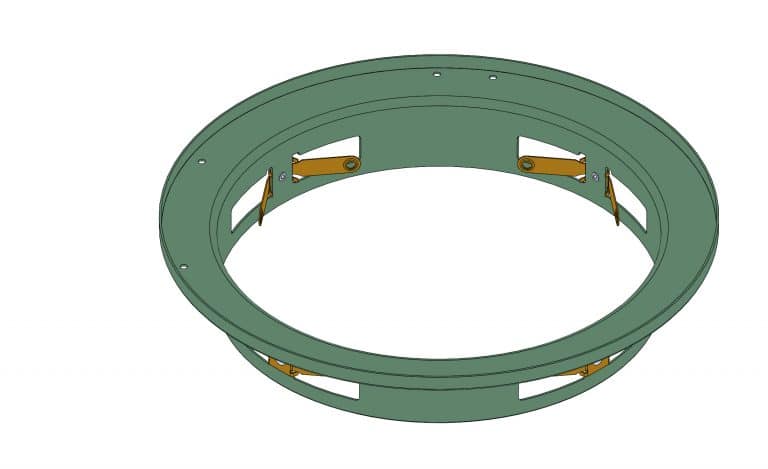
All access to and use of this site and all websites (including mobile websites), applications, or other services on which these terms reside (collectively the “City Electric Supply Property”, or “CES Property”), and the features and functions on this CES Property, are subject to these Terms of Access including any terms, terms of sale, terms of commercial credit, conditions, policies and notices linked or referenced from here (“Terms”). Having said that unless you are removing coverplates (which I sometimes do) you aren’t going to find it.Please review these Terms of Access. Michael, I can think of only 2 reasons for extending a J box, the first is to correct the relative depth of the box to the drywall, the second possibility is to increase the boxes fill capacity.Īs an inspector I would make no note of them unless I felt there was something weired going on (such as a second layer of drywall installed over existing to hide something) I have seen that done. Are there any sparkies left on the message board? If what I’m asking is not clear to you then that’s OK, I probably don’t need to know that (Bob), perhaps only the sparkies will now what I’m referring to and can explain it. Now, certainly that would seem like it would be outside the scope of a typical home inspection to even think about something like that but, trust me, I have ulterior motives for understanding this concept better. A wall constructed of metal studs but finished with wood panels requires that the outlet boxes be mounted flush with the combustible material."Ĭan someone please explain the requirements and use of ‘spacers’ at electrical outlet boxes? My understanding is that in certain instances a trim ring of sorts may be needed at a j-box, that is recessed too much into the wall, to maintain the gap (1/4"?) caused by that recessing of the box and the cover plate.

“A wall constructed of wood but sheathed with an outer layer of gypsum board is permitted to contain boxes set back or recessed not more than 1/4”.

In walls and ceilings constructed of wood or other combustible surface material, boxes, plaster rings, extension rings, or listed extenders shall be flush with the finished surface or project therefrom." “In walls or ceilings with a surface of concrete, tile, gypsum, plaster, or other noncombustible material, boxes employing a flush-type cover or faceplate shall be installed so that the front edge of the box, plaster ring, extension ring, or listed extender will not be set back of the finished surface more than 6mm (1/4”). Note: I think I have subsequently found the answer to my question and would delete this post if it allowed me to.


Can someone please explain the requirements and use of ‘spacers’ at electrical outlet boxes? My understanding is that in certain instances a trim ring or extender of sorts may be needed at a j-box, that is recessed too much into the wall, to maintain the gap (1/4"?) caused by that recessing of the box and the cover plate.


 0 kommentar(er)
0 kommentar(er)
